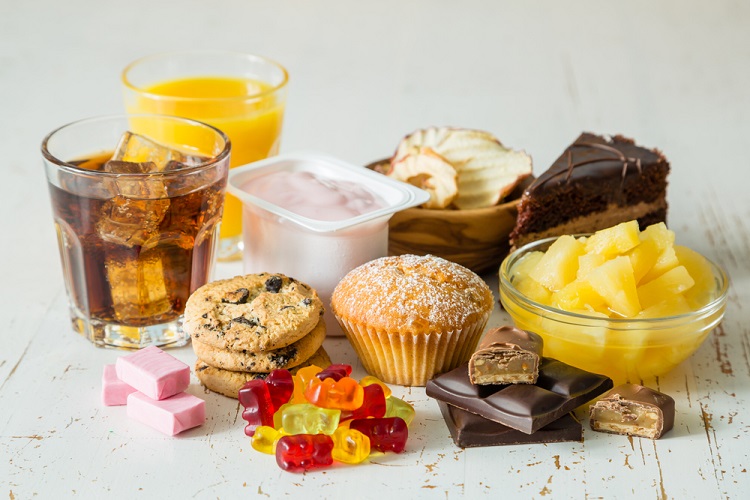Why Eating This Surprising Food Can Help Prevent Osteoporosis
You may have heard that salt is harmful to your bones if you have osteoporosis or are at risk for it, as a high-salt diet increases calcium loss in the urine. Although the hypothesis has been propagated for years, it has little scientific support.
The fact that a high-salt diet also enhances calcium absorption in the intestine, offsetting a higher urine calcium excretion, is typically not mentioned. Not to mention, people who ingest little calcium appear to be the only ones who experience increased urine calcium excretion (less than 1,000 milligrams per day). In other words, you don’t need to be concerned about salt if you consume the daily suggested amount of dietary calcium.
Despite these nuanced differences, salt is frequently held responsible for rising urinary calcium excretion, brittle bones, and osteoporosis.
A considerable amount of morbidity and mortality are caused by fractures, which are made more likely by osteoporosis, which affects about 10 million Americans. Although there are various causes of osteoporosis and fractures, dietary issues may be the main ones.
Would it surprise you to learn that sugar may be more responsible for osteoporosis than salt?

Sugars Effects
Similar to salt, sugar consumption increases calcium loss through the urine. Sugar consumption is also associated with reduced vitamin D activation, which may impair calcium absorption. In other words, both calcium and vitamin D deficiencies may be caused by a diet that is heavy in sugar. High glucose levels from excessive sugar consumption can hinder bone production and bone health may also be harmed. Diabetes has been linked to poor bone health, and a diet rich in sugar raises the risk of developing the disease.
Regular soft drink consumption is linked to an increased risk of fracture, which may result from the substitution of calcium-rich beverages. Overindulging in added sugars can even deplete the body of other nutrients and encourage the consumption of more nutrient-poor sweets, whereas adding salt can increase the consumption of bitter foods that strengthen bones (such as greens, nuts, and seeds). In other words, poor nutrition is typically caused by dietary sugar, and good nutrition is typically caused by dietary salt.
Additionally, a growing rat’s bone density was observed to diminish when fed a diet high in sugar. Similar negative effects, such as a reduction in bone growth and calcium levels in the bones, have been associated with sodium depletion. In fact, giving rodents a salt supplement can help them avoid osteopenia and osteoporosis.

A Solution For Osteoporosis
More salt is better for bone mineral density and fracture risk, according to data from over 4,000 postmenopausal women. Additionally, a study found that elderly women who consume enough calcium do not experience any bone damage from increasing sodium intake.
It turns out that low-sodium diets may actually weaken our bones by inducing magnesium and calcium loss in the urine, which may result in a reduction in bone minerals and bone strength. A low-salt diet may actually deprive the body of calcium and magnesium, according to a recent study. According to the authors, sodium is taken from the bone when we follow a low-salt diet in order to maintain normal blood sodium levels. Unfortunately, sodium pulls calcium and magnesium along with it. Basically, a low-salt diet depletes our bones of calcium, magnesium, and sodium, which can lead to osteoporosis.

Risk Factors
An increased risk of fracture is linked to both low blood sodium levels and poor glucose management. Again, this implies that while sugar may raise fracture risk, salt may help lower it.
Sugar appears to be responsible for the problems that salt is typically held accountable for when it comes to our bones. It’s time to put the sugar away and bring back the salt shaker (along with healthy foods) to the kitchen table.
